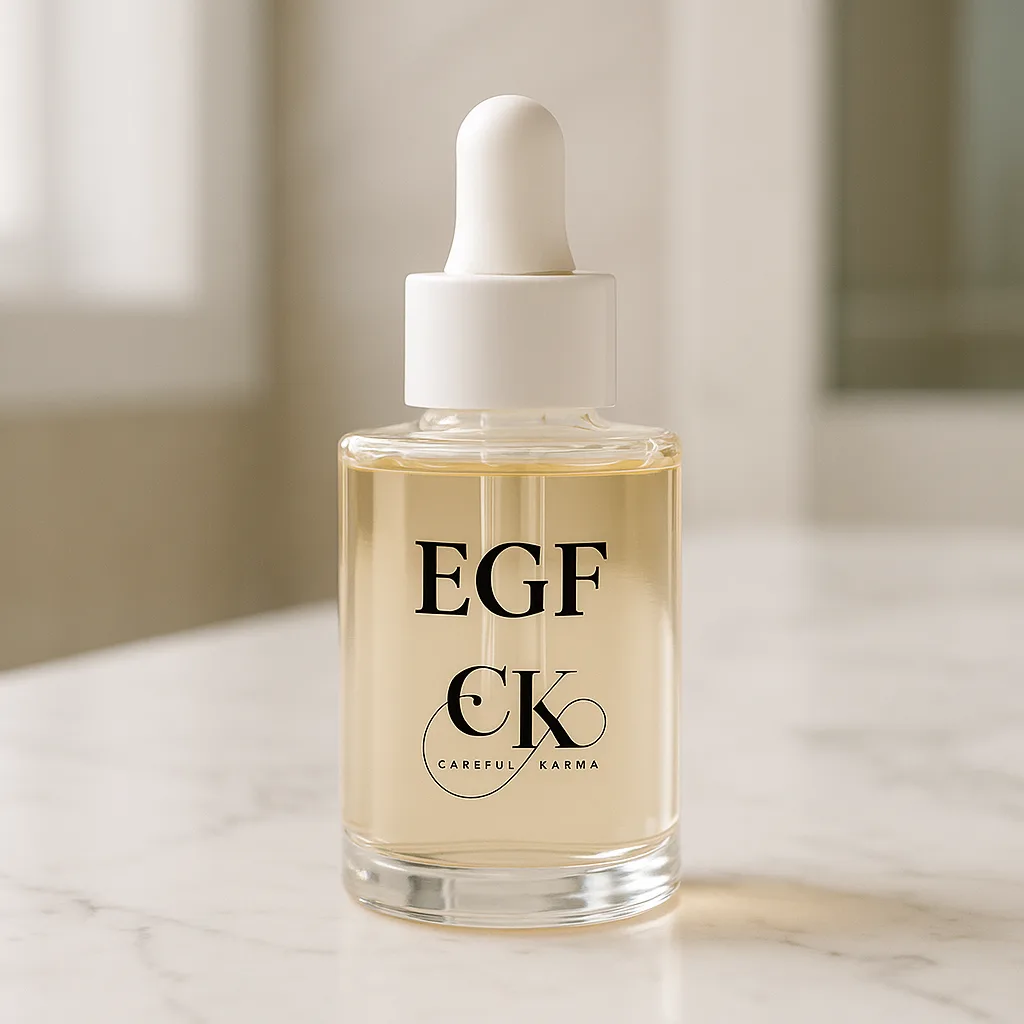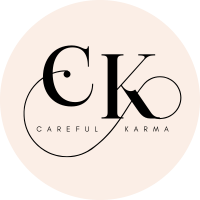Epidermal Growth Factor (EGF) in Skincare: Benefits, Side Effects, and How to Use in 2025

Strong 8k brings an ultra-HD IPTV experience to your living room and your pocket.
Introduction:
In the ever-evolving world of skincare, science continues to unlock powerful ingredients that promise youthful, radiant skin — and Epidermal Growth Factor (EGF) is one of the most revolutionary breakthroughs yet.
Originally discovered in the 1960s, EGF has now become a trending ingredient in serums, ointments, and gels designed to boost collagen, accelerate healing, and reverse signs of aging. But as popular as EGF is becoming, many people still have questions:
What is EGF, exactly?
Does it really work?
Is it better than retinol?
And is it safe for long-term use?
In this comprehensive 2025 guide, we’ll break down the science of EGF and its receptor (EGFR), review the latest clinical research, and explain how to choose and use the best EGF skincare products — whether you’re looking for a serum, ointment, or gel.
Let’s dive into everything you need to know about Epidermal Growth Factor for your skin — based on facts, not hype.
epidermal growth factor in skincare serum bottle on marble counter Careful Karma
What Is Epidermal Growth Factor (EGF)?
Core Concepts: EGF, EGFR & Full Forms
Epidermal Growth Factor (EGF) is a naturally occurring protein in the body responsible for stimulating cell growth, regeneration, and wound healing. It plays a key role in the maintenance and repair of our skin by activating EGFR — the Epidermal Growth Factor Receptor.
As we age, our natural levels of EGF decline, leading to slower skin regeneration, loss of elasticity, and the appearance of wrinkles. That’s why skincare products now aim to restore these effects by adding lab-engineered (recombinant) EGF into serums and creams.
✅ EGF Full Form: Epidermal Growth Factor
✅ EGFR Full Form in Medical Terms: Epidermal Growth Factor Receptor
This interaction between EGF and EGFR is critical in skincare science — when EGF binds to EGFR on your skin cells, it activates signaling pathways that boost collagen production, reduce inflammation, and speed up healing.
Understanding EGFR — The Receptor That Makes EGF Work
The EGFR (Epidermal Growth Factor Receptor) is a protein found on the surface of skin cells. It acts like a “switch” — when EGF binds to it, it tells the cell to grow, divide, or repair itself.
This EGFR pathway involves multiple internal mechanisms like:
MAPK/ERK pathway – triggers cell division
PI3K/Akt pathway – boosts cell survival
JAK/STAT pathway – affects inflammation and healing
According to ScienceDirect, EGFR plays a major role not just in skin health but also in immunity, nerve regeneration, and cancer biology.
In skincare, EGFR is essential for understanding how products like EGF serums and recombinant gels actually help rejuvenate the skin.
Recombinant Human EGF (rhEGF): The Science in Your Serum or Ointment
Because natural EGF levels decline with age, skincare companies now use lab-created versions known as recombinant human EGF (rhEGF).
These are produced using biotechnology (usually from barley, bacteria, or yeast) and are safe for topical use.
There are three main product types in the skincare industry:
EGF Serum – Lightweight, fast-absorbing, ideal for daily facial use.
EGF Ointment – Thicker, used in post-procedure healing or medical skin repair.
Recombinant EGF Gel – Hydrating, used in both beauty and clinical wound care.
Clinical data from PubMed and PMC confirm that topical rhEGF improves skin texture, reduces fine lines, and accelerates wound healing, especially in aging or photo-damaged skin.
In the next section, we’ll explore the real-world effectiveness of EGF serum — and whether it actually works better than other popular actives like retinol.
What Is EGF Serum & Does It Really Work?
What Is EGF Serum?
EGF serum is a topical skincare product infused with epidermal growth factor, typically in recombinant (lab-made) form. It’s designed to be absorbed by the skin, where the EGF binds to EGFR receptors on the surface of skin cells and activates regeneration.
Unlike heavier ointments or gels, EGF serum is usually:
Lightweight
Fast-absorbing
Ideal for layering with other skincare products
Best used in anti-aging routines or post-treatment skin recovery
एपिडर्मल ग्रोथ फैक्टर सीरम क्या है?
👉 यह एक ऐसा सीरम है जो त्वचा की मरम्मत और पुनरुत्थान को बढ़ावा देने के लिए एपिडर्मल ग्रोथ फैक्टर (EGF) से भरपूर होता है।
Key Ingredients Often Found in EGF Serums:
rhEGF (Recombinant Human Epidermal Growth Factor)
Hyaluronic Acid (for hydration)
Niacinamide (brightening)
Peptides (to complement EGF)
Antioxidants (Vitamin C, E)
Does EGF Serum Really Work? What Research Says
Let’s look at the evidence.
Clinical and laboratory studies show that EGF can:
Accelerate wound healing
Improve skin hydration
Stimulate collagen and elastin production
Fade fine lines and wrinkles
Help repair sun-damaged or post-procedure skin
before and after results using Careful Karma epidermal growth factor in skincare
✅ Highlights from Research:
A 2023 study published on PMC concluded that EGF improves epidermal thickness and hydration.
According to PubMed, topical application of rhEGF increased re-epithelialization and accelerated wound closure.
Brands like Bioeffect and Neova report up to 63% reduction in fine lines and improved elasticity in just 8 weeks of use.
क्या ईजीएफ सीरम वास्तव में काम करता है?
हां, कई वैज्ञानिक शोधों में यह प्रमाणित हुआ है कि EGF सीरम त्वचा की गुणवत्ता में सुधार लाता है और बुढ़ापे के लक्षणों को कम करता है।
EGF vs Retinol: Which Is More Effective?
Retinol is often considered the gold standard in anti-aging — but it can cause redness, peeling, and irritation.
EGF, on the other hand:
Is non-irritating and well-tolerated by most skin types
Targets cell regeneration at the source
Is ideal for sensitive, dry, or post-procedure skin
Note: IndiBlogHub features both user-submitted and editorial content. We do not verify third-party contributions. Read our Disclaimer and Privacy Policyfor details.


